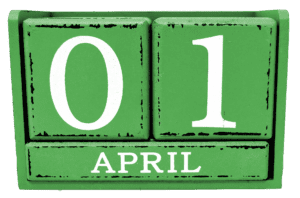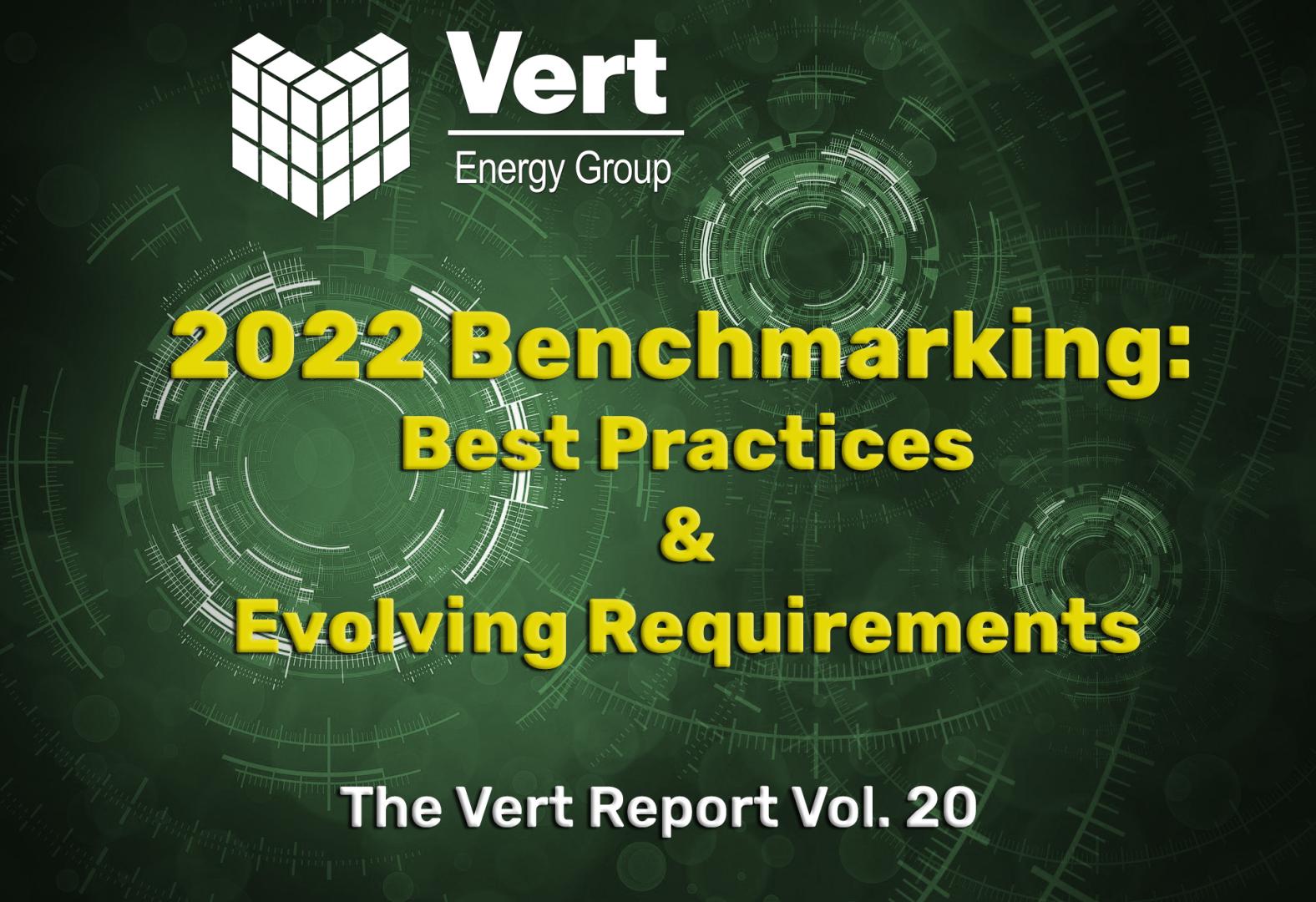Building owners and property managers may be wondering whether they need to comply with the latest round of EPA regulations – Energy Benchmarking. The answer is: most likely, yes. Entities must submit their buildings’ energy performance using EPA’s Energy Star Portfolio Manager tool or face possible fines from the city or state agency. As a reminder, the following is a list of the recently passed and upcoming deadlines:
Passed | |
City | Deadline |
Washington Clean | April |
Washington State | April |
May | |
City | Deadline |
Cambridge Building | May |
Kansas City Energy | May |
New York City Local | May |
Orlando Building | May |
Portland Energy | May |
Saint Louis Building | May |
Salt Lake City | May |
San Jose Energy | May |
Boston Energy | May |
San Francisco | May |
Chula Vista Building | May |
June | |
City | Deadline |
Atlanta Commercial | June |
Austin Energy | June |
Boulder Building | June |
California Assembly | June |
Chicago Building | June |
Denver Commercial | June |
Los Angeles Energy | June |
Minneapolis | June |
Montgomery County | June |
Pittsburgh Building | June |
San Diego Building | June |
Evanston Building | June |
Philadelphia | June |
*The San Francisco Existing Buildings Energy Ordinance (EBO) is originally due every May 1st. The city announced that the 2022 deadline has been pushed to May 16, 2022.
For buildings specifically under the Washington DC and Washington state programs, notices containing compliance status will be arriving soon. The notice will either state that your report has been accepted, that no report has been filed, or that there are issues with your report. Any reporting issues or lack of a report, will need to be addressed immediately. It is pertinent that accurate Energy Benchmark reports are filed regardless of missed deadlines to avoid additional violations or penalties from accruing.
All entities with upcoming May and June deadlines still have 1-2 months left to file. Failure to file can result in written and/or monetary violations ranging from daily ($20-300/day) to one-time violations ($50-2,250). The entire filing process can take a minimum of 4-8 weeks to complete from start to finish. Of that time, 30 days alone can be spent working to obtain a building’s aggregate energy usage from its respective utility companies. With hefty fines in place, it’s highly encouraged that entities file early when possible. The longer you wait to file, the higher your chances of missing the deadline and receiving a violation becomes.
Vert Energy Group can help you avoid further and/or potential Benchmark violations when you register on our platform VertPro®. All it takes is 30 minutes – or less – to get started on your 2022 Energy Benchmark report. You’ll want to have the following information to get started: building address, building details (i.e., year built, gross floor area, property type), and a current copy of your utility statements. With that information on hand, log in to an existing VertPro® account or create a new one. Once in, you’ll add your property and complete the necessary authorizations using the utility statements. After that, our team of experts will take on the rest of the work to get your building into compliance. Head on over to VertPro.com to start filing and avoid violations. To speak to a representative, call us Monday-Friday 7 am-5 pm PST at (415) 912-1523 or email us at support@vertpro.com.
“The easiest way to save money is to waste less energy” – Barack Obama
Energy Audits and Retro-Commissioning (RCx)

Did you know that most commercial buildings lose 20-30% of their energy due to inefficiencies in the way they’re operated and maintained? A building Energy Audit is a great way to find out where your building is losing the most energy and can help identify ways to save. Retro-Commissioning (RCx) can also be an effective way to reduce energy consumption in existing buildings, by optimizing systems and controls. Some cities and states require entities to perform Energy Audits and RCx reports in addition to their annual Energy Benchmarks. This is to help building owners and managers gain a full understanding of the building’s energy performance.
While the typical timeframe to complete annual Benchmarks is 4-8 weeks, an Audit and RCx can take substantially longer as more work is involved. Part of the Audit and RCx process entails on-site inspections to be conducted by licensed professionals (LP). A minimum of one on-site inspection is required to gather information on the building. Depending on the complexity and size of the building, additional on-site visits will be needed to get a full scope of the building and its systems and equipment. Any missing information can cause inaccurate reporting and delay the process of filing.
With the ongoing pandemic, many buildings have undergone operational/staffing changes which can make scheduling the necessary site visits difficult. To ensure accurate and timely filing, we highly encourage all entities to begin the Audit and RCx process sooner rather than later. Not only will early filing ensure compliance and prevent potential penalties, but it will also help entities start seeing energy costs savings. For buildings in NYC that are required to comply with Local Law 33 (LL33), these energy savings can help bring your building’s LL33 grade up sooner than if you were to hold off on conducting an Energy Audit. Visit VertPro.com/Audits to get immediate help for your building’s Energy Audit and RCx project.
For buildings in NYC that are required to comply with Local Law 33 (LL33), these energy savings can help bring your building’s LL33 grade up sooner than if you were to hold off on conducting an Energy Audit. To get your bids now visit VertPro.com/NYC-LL97/
“The first thing we can do as individuals and as communities, like a school or a university or a church, is cut our energy use. Do an energy audit or measure our carbon footprint.” – Katharine Hayhoe
VertPro® Subscription Services Available Now

When it comes to saving money on your building operations, subscribing to services can be one of the best decisions you make. With the implementation of city and state Energy requirements, companies are looking at new additional costs to budget for. At Vert Energy Group, we understand that the costs can quickly add up if you’re not properly prepared. That’s why we offer two different Energy subscription plans: Energy Audit Subscription and 3-year Energy Benchmark Partnership. Through our Energy Audit Subscription, you’ll be able to split up your Energy Audit payment up into smaller payments to be paid over the course of 5-years instead of paying it all upfront. You even have the option to include your annual Benchmark payment to your Audit Subscription plan. Don’t have an Energy Audit coming up, but need to complete your annual Benchmark? Our 3-year Benchmark Partnership will lock your portfolio in at a discounted rate compared to our 1-year Benchmark users who are subject to year-to-year price increases. As of this writing, our current rates are: $295/year under the 3-year Benchmark Partnership and $375 under the 1-Year Benchmark plan. Go to VertPro.com/Audits to enroll in in Audit Subscription and VertPro.com to begin a 3-year Benchmark Partnership. For further information, contact us at (415) 912-1523 or support@vertpro.com.
Fun Fact: When April Fools began in France, paper fish are stuck to people’s backs symbolizing a person being gullible like fish who gets caught easily.
April Fools
 Ready to be pranked? Whether you’re pranking or being pranked, there’s no shortage of tricks to be found every April Fools – especially with big companies joining in the fun. From a company standpoint, April Fools is a great way to get your target audience involved and at your door in a fun way. One example would be the 1998 Burger King ad for the “Left-Handed Whopper.” Though diners couldn’t purchase the “Left-Handed Whopper” it nonetheless got them to Burger King where they most likely purchased another meal instead. Like any prank though, companies should be careful about their execution of it. Google is notorious for its participation in April Fools – a throwback to when they let us play Ms. Pac-Man on Google Maps in 2017 – not all have landed well. In 2016, Google’s prank left many users unhappy. The prank involved a new Gmail button – “Send + Mic Drop” – that when clicked sent a gif of the minion character from Despicable Me to the recipient. Many users accidentally clicked this button when replying to work-related emails subsequently unintentionally sending their bosses, colleagues, clients, etc. the minion gif when not appropriate. Google ended up having to pull the feature early and issue a mass apology. This failed prank served as a good learning experience for all companies looking to join in on the April Fools fun. It can also serve as a good reminder for everyone to run a test run before fully launching an idea. But that’s just our opinion.
Ready to be pranked? Whether you’re pranking or being pranked, there’s no shortage of tricks to be found every April Fools – especially with big companies joining in the fun. From a company standpoint, April Fools is a great way to get your target audience involved and at your door in a fun way. One example would be the 1998 Burger King ad for the “Left-Handed Whopper.” Though diners couldn’t purchase the “Left-Handed Whopper” it nonetheless got them to Burger King where they most likely purchased another meal instead. Like any prank though, companies should be careful about their execution of it. Google is notorious for its participation in April Fools – a throwback to when they let us play Ms. Pac-Man on Google Maps in 2017 – not all have landed well. In 2016, Google’s prank left many users unhappy. The prank involved a new Gmail button – “Send + Mic Drop” – that when clicked sent a gif of the minion character from Despicable Me to the recipient. Many users accidentally clicked this button when replying to work-related emails subsequently unintentionally sending their bosses, colleagues, clients, etc. the minion gif when not appropriate. Google ended up having to pull the feature early and issue a mass apology. This failed prank served as a good learning experience for all companies looking to join in on the April Fools fun. It can also serve as a good reminder for everyone to run a test run before fully launching an idea. But that’s just our opinion.

Danielle’s Corner
National Brunch Month All my brunch lovers rejoice – April is National Brunch Month! I feel like anything can be a “National something Month” these days, but as a brunch lover, I’m not complaining. Don’t let the April showers dampen your vibe. Hit up your favorite indoor brunch spot or do your own little fun brunch spread at home. Nothing says you need to spend $15 on avocado toast at that cute café down the road – but if that’s what you want don’t let me stop you. Below is a link to some of my favorite treats recipes – courtesy of Good Housekeeping – to whip up for my family and friends when I want to host an impromptu brunch:- For those with a sweet tooth: PB Chocolate Sheet Pan Pancake and Pumpkin Chocolate Chip Bread
- Something savory: Breakfast Tacos and Green Eggs and Ham ‘Wiches
- Coffee Lovers: Hazelnut Mocha Frappé
 Search by Zip to Find Applicable Energy Laws
Search by Zip to Find Applicable Energy Laws
There are over 30 cities/states with Energy Benchmark requirements – 16 have Energy Audit requirements as well! Use this free tool to check if your building has an upcoming Energy Benchmark or Energy Audit deadline.
FIND OUT HERE »




